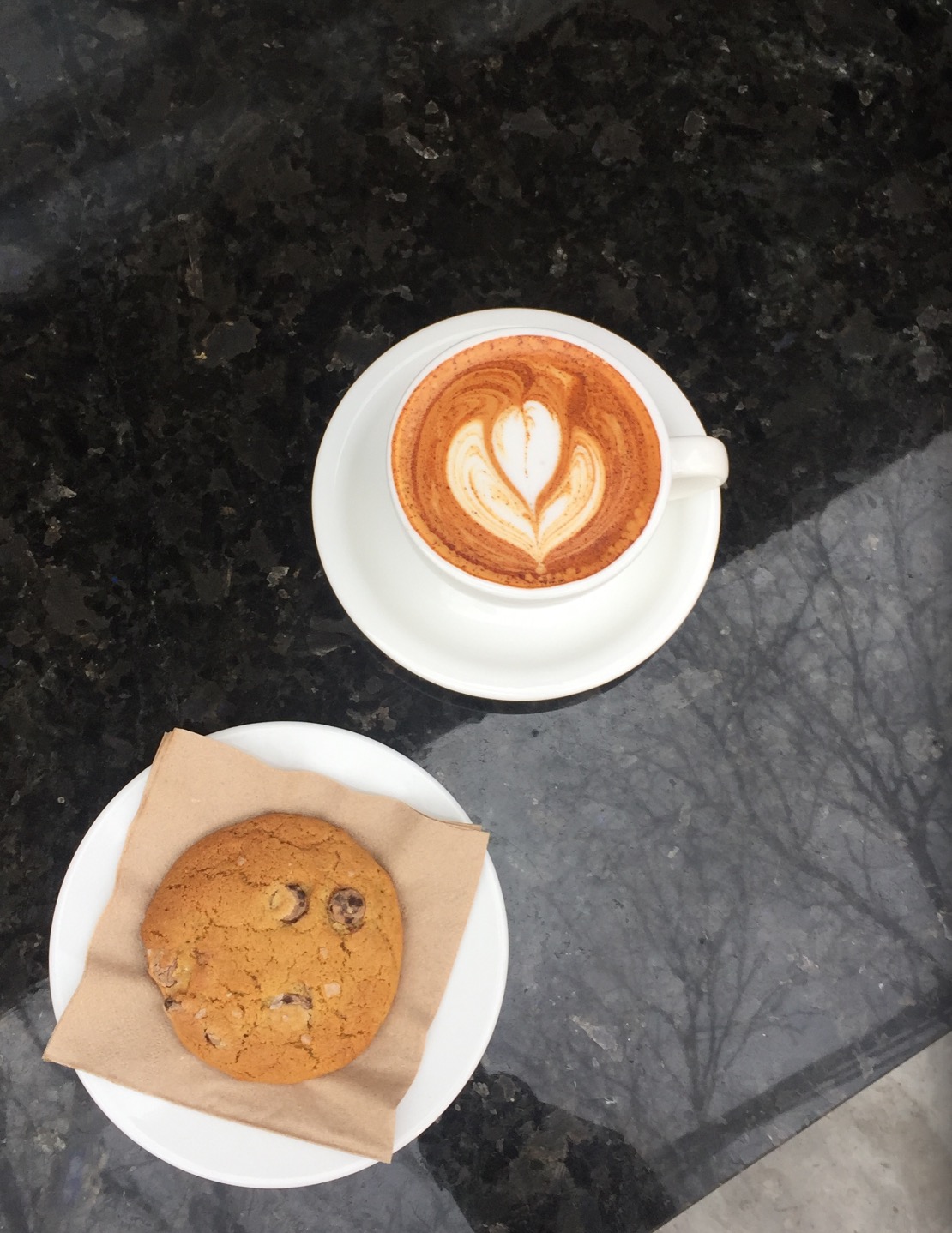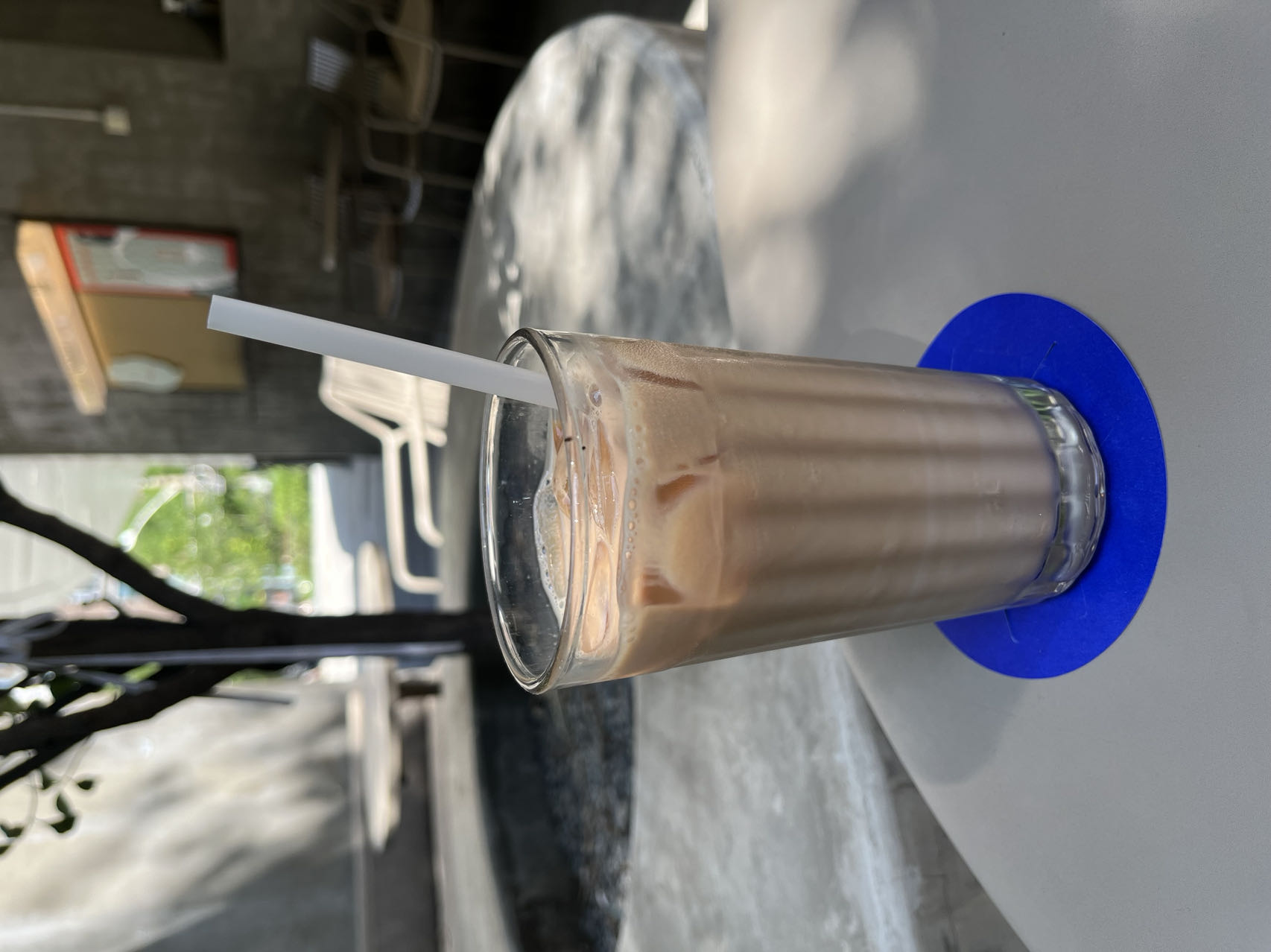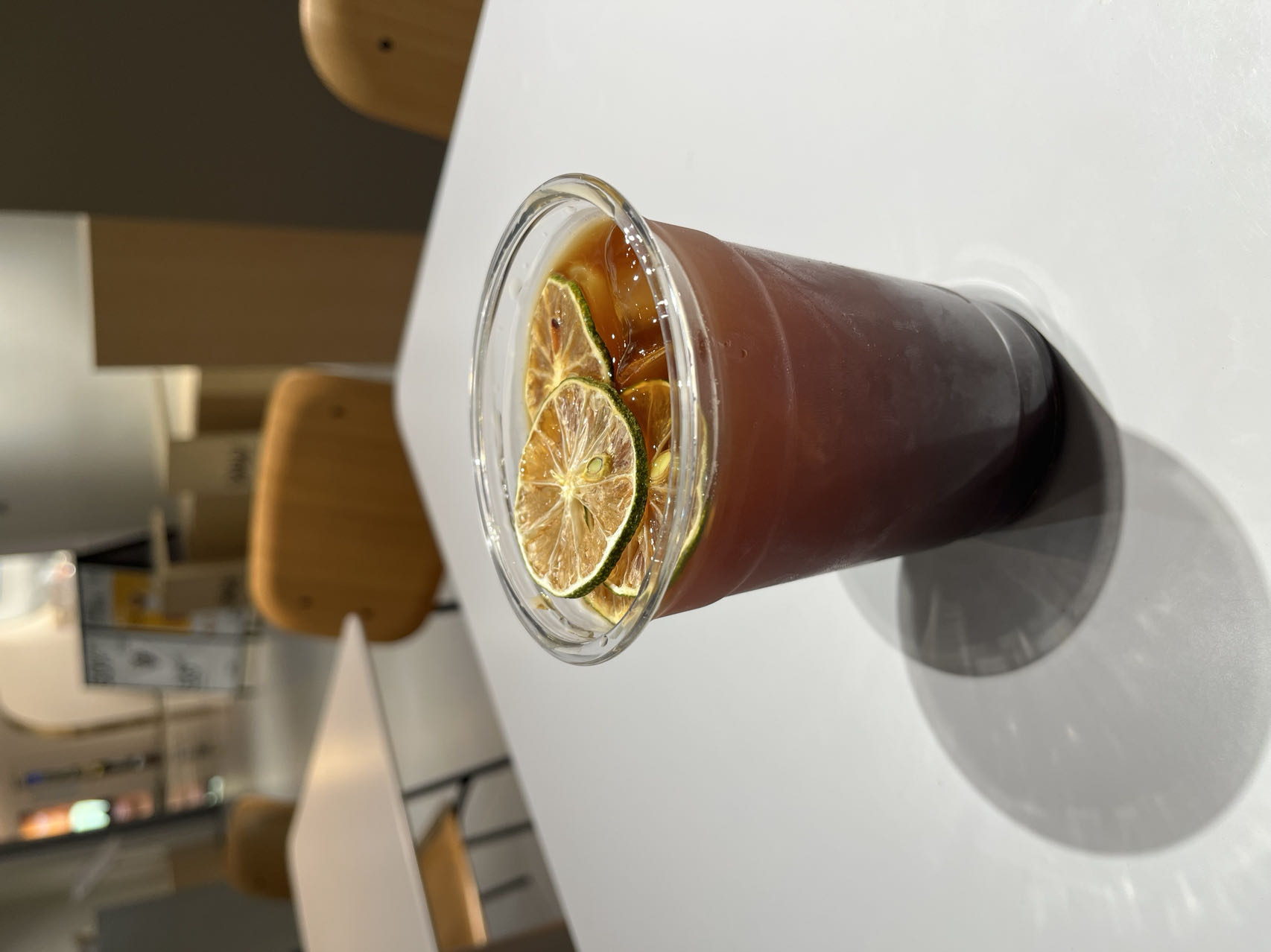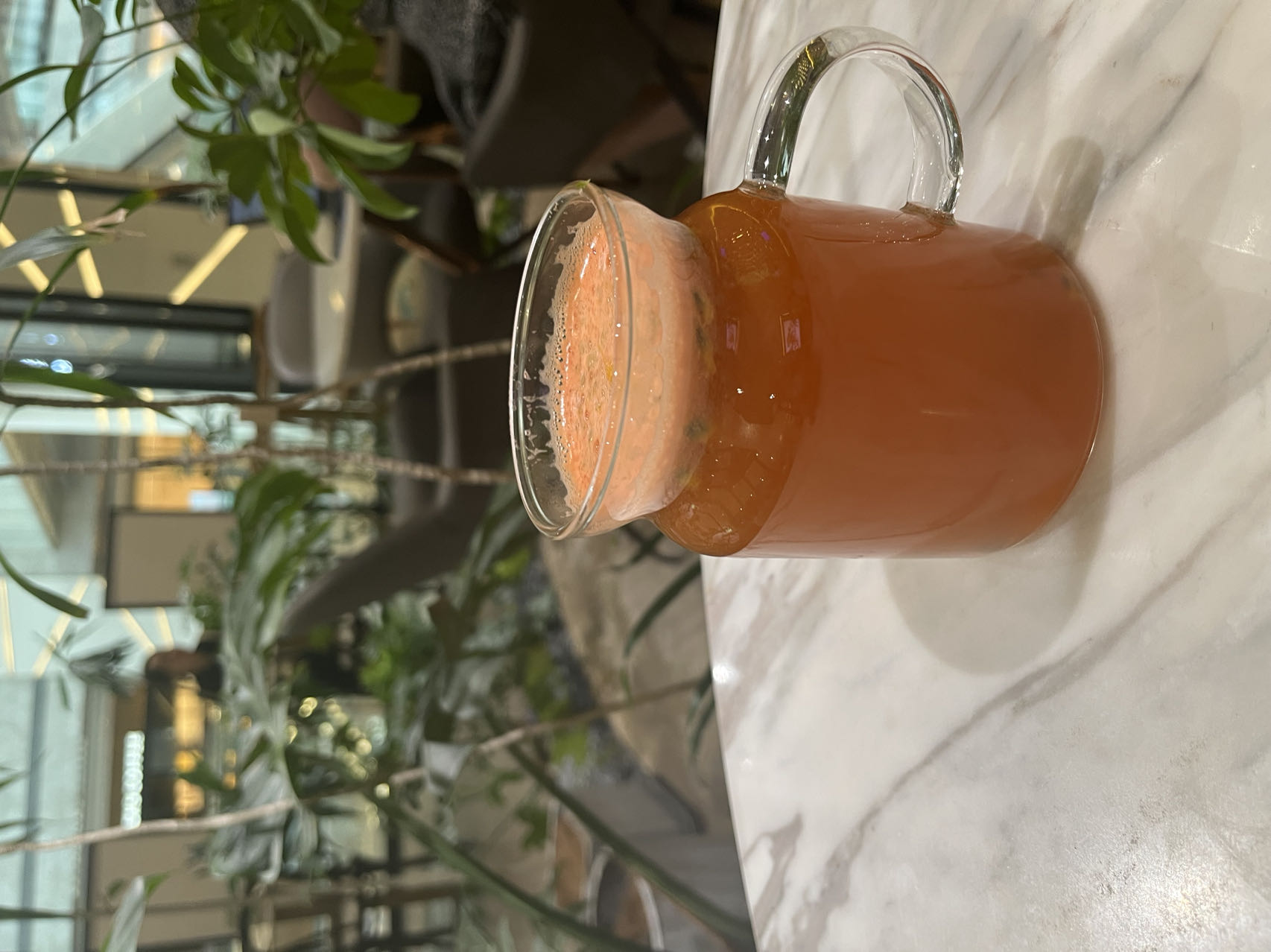
A hot drink at BigSmall Coffee made with rooibos espresso as an alternative to coffee. / Photo provided to CGTN
A hot drink at BigSmall Coffee made with rooibos espresso as an alternative to coffee. / Photo provided to CGTN
With its herbal aroma and taste, and its deep red hue, this beverage is millions of South African's favorite cup of tea. Enjoyed, and almost expected, at kitchen tables, office meetings and cafes throughout the country, rooibos tea has found its way to China and is being served with a dash of creativity.
Kieran Steyn van Zyl, the Greater China Company Representative for Rooibos Ltd, said roughly 200 tons of rooibos comes to China every year.
"Demand has picked up recently, but we still have so much untapped potential. We started off at around 30 tons per year in 2018," he said.

The Clanwilliam area of the Western Cape Province, South Africa, is a major center for rooibos cultivation. / Rooibos Ltd.
The Clanwilliam area of the Western Cape Province, South Africa, is a major center for rooibos cultivation. / Rooibos Ltd.
The tea is being punted as a caffeine-free beverage, and has seen some growth among people who are looking for an alternative to coffee.
"Our consumers are mainly health-conscious individuals, as well as those who love the taste of tea but are sensitive to caffeine. Old people and children can also drink Rooibos without any risk, so this is also a great tea to serve to the whole family," said Van Zyl.
Zhang Yipeng, CEO of the Smash a Cup beverage brand and the BigSmall Coffee outlets, agrees.
"Rooibos tea is caffeine-free, this is the biggest reason why we sell it in China. The other reasons are that people like the flavor and that it’s a healthy choice also counts," he said.

An iced 'chappuccino' is served at BigSmall Coffee outlet in Beijing. /CGTN
An iced 'chappuccino' is served at BigSmall Coffee outlet in Beijing. /CGTN
A quick whip around the east of Beijing, starting at a BigSmall Coffee outlet near Chaoyang Park, reveals a few locations serving rooibos, all in their own special way.
This roadside cafe had three rooibos drinks in the "not coffee" section of their menu: hot rooibos in original, honey bush, jasmine and citrus flavors; a hot or cold "chappuccino," and a hot or cold coconut rooibos latte.
Resembling matcha drinks that people in China may already be familiar with, the iced chappuccino had the texture and appearance of its coffee counterpart. It was served in a tall glass and laden with ice cubes, quite welcome on a warm, late summer noontime. A waitress motioned to stir the drink with a straw to bring out the flavors. It was milky and had the herbal tastes of rooibos.
Using rooibos and the cafe's rooibos espresso to make drinks, Zhang said new drinks are being regularly added to their menu.
"We work on a regular basis to renew our menu at the coffee shop. Normally we do this twice a year. We are trying in so many ways to make rooibos a popular drink. Up to now, we've had the chappuccino, apricot rooibos smoothie, and rooibos mulled wine.

Rooibos lemon tea is served at Seesaw Coffee. /CGTN
Rooibos lemon tea is served at Seesaw Coffee. /CGTN
The next stop was Seesaw Coffee, a chain with several stores across China. Their "non-coffee beverage" menu section listed "rooibos lemon tea" as an option, served hot or cold.
An order for a cold version promptly yielded a disposable cup filled almost to the brim with the recognizable red liquid, ice and a generous garnish of lemon slices. The cashier immediately knew the item when it was ordered, indicating that it has probably been ordered a few times. The drink packed a good amount of rooibos flavor but could have had a little less ice and more liquid. This could be achieved by letting it melt a bit before drinking.
"Rooibos espresso is currently available in a myriad of coffee chains around the country, and should become more popular as people seek out zero-caffeine alternatives," said Van Zyl.
"Rooibos is doing very well in the coffee sector with rooibos espresso and rooibos-coffee mixes taking beverage lovers by storm. The online market for rooibos has grown steadily, so there is certainly a fair amount of rooibos being consumed at home too," he added.

A passion fruit rooibos drink is served at theATRE Cafe. /CGTN
A passion fruit rooibos drink is served at theATRE Cafe. /CGTN
Over at theATRE Cafe, a higher-end outlet that serves specialty teas and cakes, you can find original rooibos on the menu, in cup or pot servings, and a passion fruit rooibos drink served warm.
Infused with fruit flavors, the passion fruit rooibos drink had a comforting effect. It was presented with a bit of froth and chunks of fruit flesh floating throughout. The modern glass with its beaker-like appearance draws you to the edgy, experimental drink that lay within. It was best to sip at its warm temperature, offering an opportunity to watch the world go by as you tuck into its zesty taste.
"Instead of selling the raw material directly to businesses, we have developed products that fit the Chinese palate. The best example to use is products that are mixed in the milk tea sector. They have other herbs and fruits added to give the flavor of rooibos a unique edge. In Japan, people like to drink rooibos straight, whereas in China people like to mix it with other things," said Van Zyl.